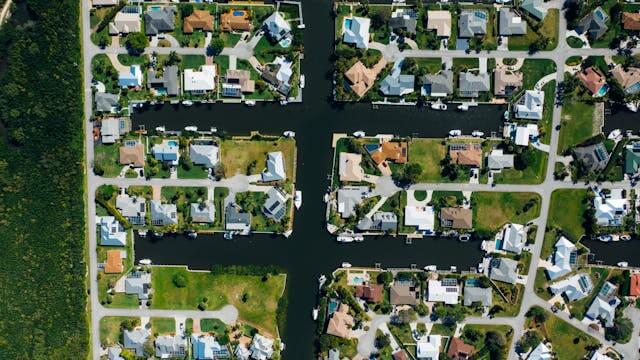Successful off-grid communities develop systems for shared infrastructure management balancing individual autonomy with collective responsibility.
Infrastructure Committees & Work Parties
Most communities assign infrastructure domains to committees: energy committee manages solar arrays and generators, water committee oversees wells and treatment, waste committee handles composting and greywater systems. Committee members develop expertise and handle routine maintenance. Major work (solar panel cleaning, tank inspections, system upgrades) happens through scheduled work parties where entire community contributes labor. This distributes knowledge preventing single-person dependencies.
Cost Sharing & Fee Structures
Communities fund shared infrastructure through multiple methods: membership buy-ins ($5,000-$50,000+) when joining cover initial infrastructure costs, monthly dues ($50-$500) fund ongoing maintenance and repairs, special assessments for major upgrades or repairs, and work trade where labor contributions offset fees. Fee structures must balance adequate funding with affordability — underfunding leads to deferred maintenance failures while excessive fees burden members.
Maintenance Schedules & Standards
Shared systems need clear maintenance schedules preventing neglect: quarterly solar panel cleaning and inspection, monthly water quality testing, annual battery bank maintenance, seasonal backup generator testing. Written standards specify acceptable system performance and trigger points requiring intervention. Without standards, different members have different tolerance for degraded systems causing conflicts.
Emergency Protocols & Backup Systems
Off-grid communities maintain emergency plans for system failures: backup generator fuel reserves for extended cloudy weather, stored water supplies for well pump failures, emergency contact lists for critical repairs, and mutual aid agreements where members help each other during crises. Redundancy costs more upfront but prevents single-point failures from affecting entire community.
Training & Knowledge Transfer
Communities invest in member education ensuring multiple people can handle repairs: infrastructure workshops teach system operation and basic maintenance, shadowing programs where new members learn from experienced operators, documentation libraries preserve institutional knowledge, and relationships with professional installers provide backup expertise. Knowledge concentration in single members creates vulnerability when they leave.
